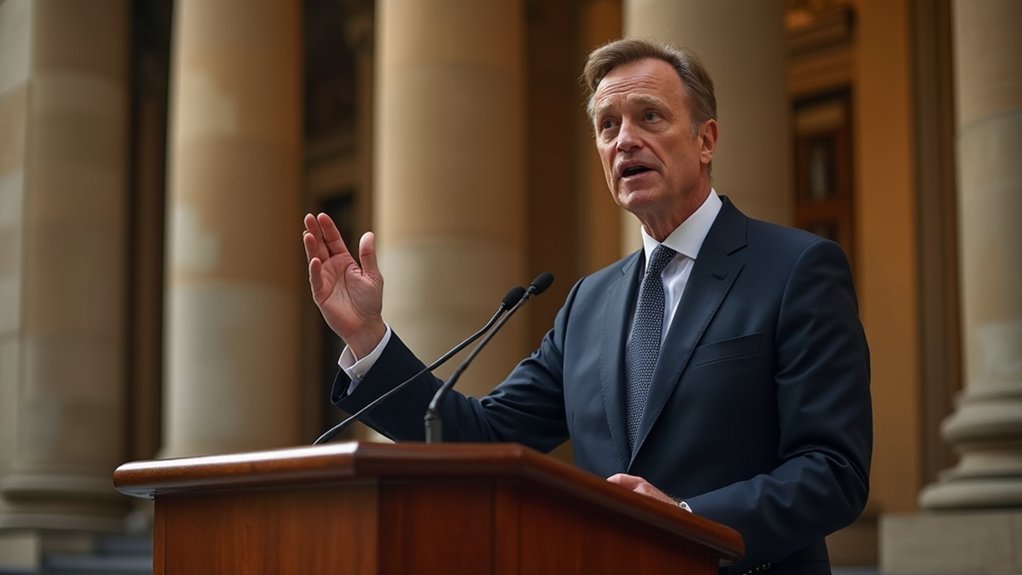In a maneuver that would make traditional bankers reach for their reading glasses, Circle Internet Financial has filed an application with the Office of the Comptroller of the Currency for a national banking license—though not the deposit-taking, loan-issuing variety that might spring to mind.
Instead, the proposed First National Digital Currency Bank, N.A. would function as a specialized custodian for USDC reserves and institutional crypto assets, operating under federal oversight without the messy complications of actual banking services.
Circle’s proposed digital bank would handle crypto custody duties while sidestepping traditional banking’s regulatory headaches—a remarkably convenient arrangement.
This strategic pivot follows Circle’s remarkably successful public debut, where shares surged 167% on opening day after the IPO was oversubscribed by twenty-five times—a reception that would make even seasoned Wall Street veterans slightly envious.
The second-largest stablecoin issuer is clearly capitalizing on momentum, positioning itself advantageously before anticipated regulatory frameworks like the GENIUS Act crystallize into law.
The national trust charter represents more than regulatory theater; it fundamentally restructures how stablecoins interface with traditional finance.
Under OCC supervision, Circle would manage USDC reserves according to stringent federal banking standards, providing the transparency and compliance mechanisms that regulators increasingly demand.
This positioning offers Circle what analysts describe as a “regulatory headstart” over competitors who might find themselves scrambling to meet future compliance requirements.
Bernstein analysts predict USDC could emerge as the dominant regulated stablecoin under evolving legislation—a forecast that seems less speculative given Circle’s proactive regulatory engagement.
The company previously denied pursuing such charter applications, making this reversal particularly significant as a barometer of shifting industry dynamics.
The GENIUS Act’s comprehensive framework would establish tailored capital and liquidity requirements that align closely with Circle’s banking charter strategy.
The implications extend beyond Circle’s corporate strategy. Circle’s global expansion also gained momentum with its Electronic Money Institution license from French banking authorities, enabling compliance with the EU’s MiCA regulatory framework.
If approved, this application would mark a watershed moment linking stablecoins directly to traditional banking frameworks, potentially catalyzing broader regulatory developments across the digital currency sector. The move represents a significant step toward mainstream integration as digital assets increasingly merge with conventional financial services.
Other stablecoin issuers will certainly scrutinize Circle’s approach, weighing whether similar regulatory integration becomes competitively necessary.
Circle’s banking pivot reflects a calculated bet that regulatory compliance, rather than regulatory avoidance, represents the path to sustained growth in digital finance.
Whether this gamble pays off depends largely on how effectively the company can navigate federal oversight while maintaining the operational flexibility that made stablecoins attractive in the first place.









